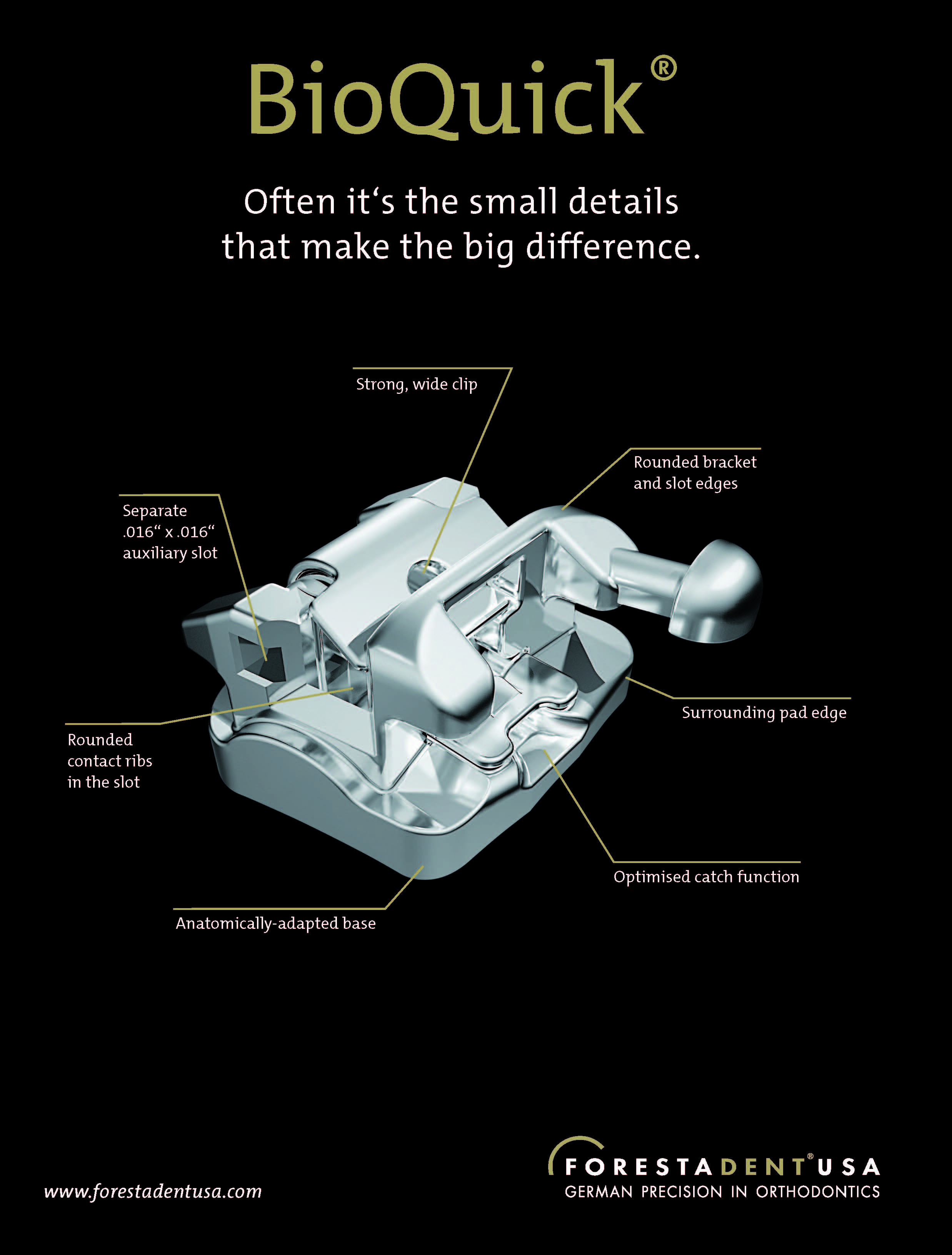While many adults express the desire to improve their smiles, some do not pursue orthodontic treatment simply because they do not want to be seen with braces on their teeth. The demand for “invisible” appliances has been widely recognized throughout the modern history of the specialty, resulting in the development of such devices as the Crozat and other removable appliances. In the 1980s, lingual bracket systems became a popular esthetic alternative. Indeed, when I was shopping around for a graduate orthodontic department at that time, the availability of lingual training was one of my criteria. I finally settled on the Eastman Dental Center, which was then considered the leading academic program for lingual orthodontics.
When “linguals” were first marketed, they were met with great enthusiasm. Unfortunately, that enthusiasm died off as practitioners became frustrated with the intricacies of lingual biomechanics. The advent of comprehensive aligner therapy, which requires little proficiency in complex intraoral mechanics on the doctor’s part, basically sounded the death knell for linguals.
I have written before about my belief that any malocclusion can now be treated with clear aligner therapy. Nonetheless, I acknowledge that there are still some circumstances that are difficult to address with removable aligners. One of those is a case requiring molar distalization. To achieve such distalization without fixed appliances, the movement would have to proceed very slowly—so slowly that the approach would almost be contraindicated. When presented with both the need for molar distalization and a patient demand for no visible appliances, many practitioners would simply refuse to treat the case. My way or the highway.
Those who have taken the time and exercised the discipline to master lingual appliances are able to offer a viable esthetic alternative with a high degree of confidence in a positive outcome. As in any treatment involving molar distalization, however, the maintenance of adequate anchorage may be the crucial factor in determining how well a case turns out.
At roughly the same time that clear aligner treatment was being developed, skeletal anchorage—introduced to orthodontics in 1983 by JCO’s Associate Editor, Dr. Thomas Creekmore—became a mainstay of the contemporary orthodontic armamentarium. Miniscrews provide us with heretofore unavailable anchorage, permitting us to achieve daunting tooth movements that would previously have been considered impossible. The combination of skeletal anchorage and lingual appliances opens the way for efficient molar distalization without visible braces.
In this issue of JCO, a group of frequent contributors from the prestigious orthodontic program at the University of Ferrara, Italy—chaired by my friend and colleague, Dr. Luca Lombardo, with another friend of mine, Dr. Giuseppe Siciliani, as Professor Emeritus—presents a remarkable case in which a challenging Class II deep-bite malocclusion in a nongrowing patient is successfully addressed using lingual appliances, interradicular palatal miniscrews, and intermaxillary lingual elastics. On reviewing the pretreatment records of this case, I would have assumed that orthognathic surgery would be required to correct the malocclusion while maintaining beautiful facial esthetics. Dr. Lombardo and colleagues illustrate what can be done using lingual appliances and skeletal anchorage. Enjoy.
RGK



COMMENTS
.